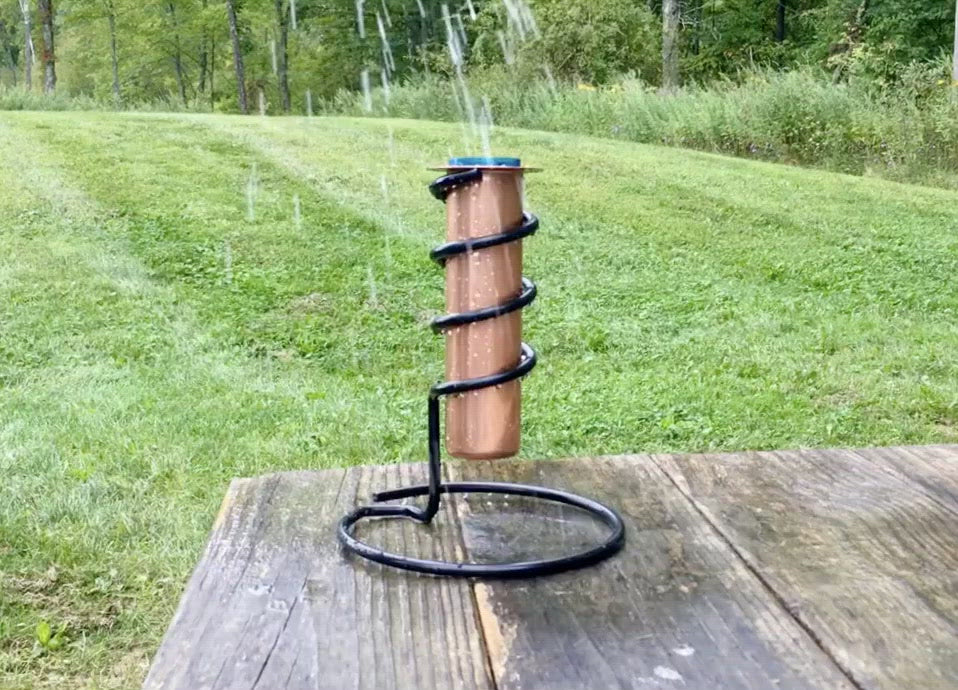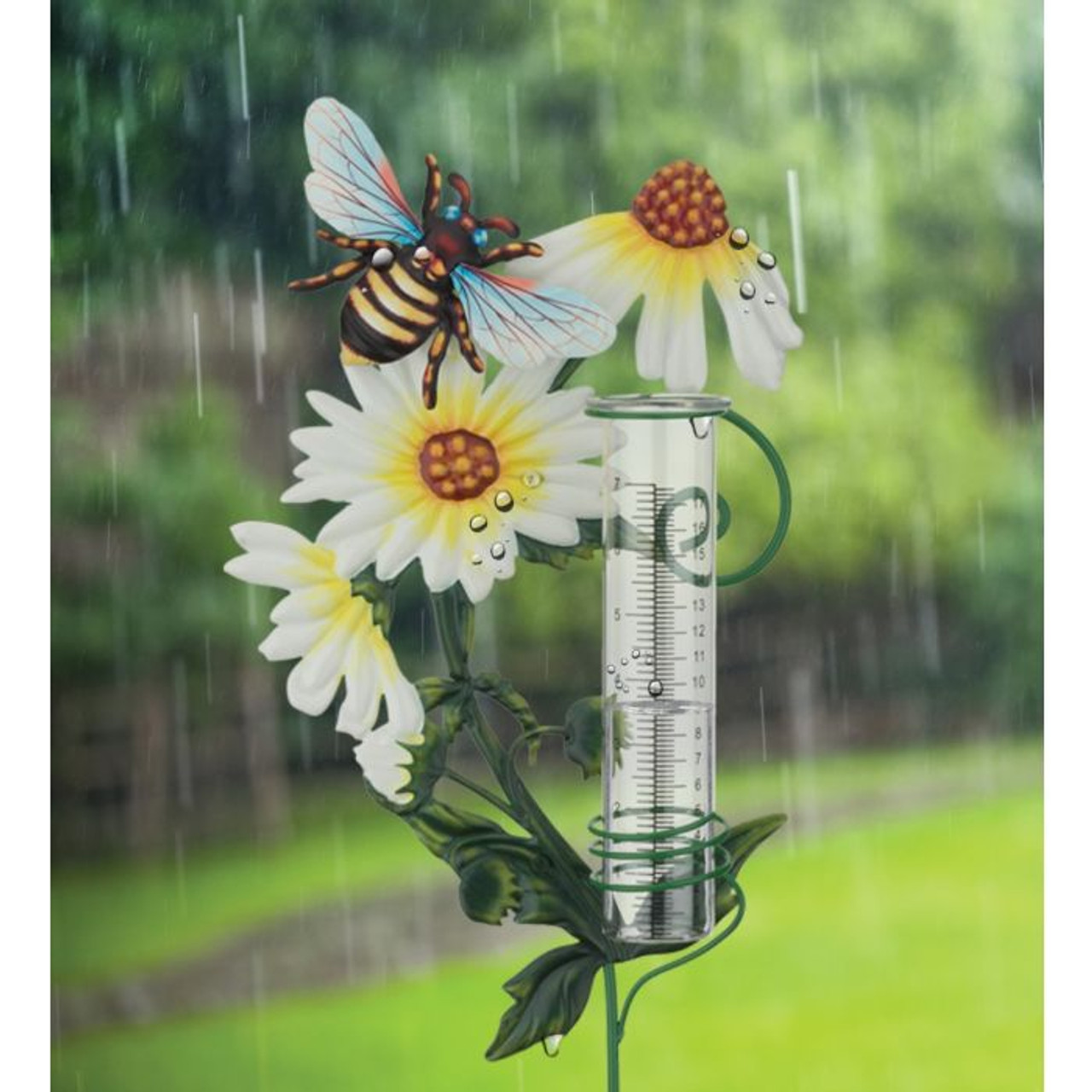Study The Rain Gauge: From Historic Advancement to Modern Applications
Study The Rain Gauge: From Historic Advancement to Modern Applications
Blog Article
How to Choose the Right Rainfall Scale for Accurate Rain Information
Exact rainfall information is essential for different industries and activities, such as water, meteorology, and agriculture source monitoring. To acquire reliable dimensions, it is crucial to select the ideal rainfall scale. This overview intends to offer beneficial insights into the option process, permitting you to make informed choices. Considering elements such as location, kind, and accuracy of the rainfall gauge will certainly aid guarantee accurate data collection. Furthermore, recognizing the maintenance and calibration procedures will add to the long life and reliability of your rainfall scale. By following these guidelines, you can ensure precise rains data, allowing far better decision-making and planning for numerous applications.
Significance of Choosing the Right Rain Gauge
The importance of choosing the right rainfall scale exists in acquiring accurate and trusted rainfall data for exact meteorological analysis. Rain information is critical for a large range of applications, consisting of weather condition projecting, hydrological modeling, and environment research. Incorrect or unstable data can lead to erroneous final thoughts and flawed decision-making procedures.

Second of all, the precision and precision of the rain gauge are critical. The scale must be able to gauge rains with high accuracy, catching even little quantities of precipitation precisely.
In addition, the place and installment of the rain scale are important considerations. It needs to be put in an open area, away from obstructions that can affect rainfall measurements. The scale needs to be placed at a proper height and angle to avoid splashing and make certain correct catchment of rainwater.
Variables to Think About When Picking a Rainfall Scale
When selecting a rain gauge, there are numerous key variables to consider. There are different types offered, including standard rainfall determines, tipping bucket rain assesses, and considering rain gauges.
Another aspect to take into consideration is the product of the rainfall scale. Rain evaluates can be made from different materials, such as plastic, glass, or metal. The material picked must be resistant and durable to weather, making certain that the rainfall scale will stand up to the aspects and offer precise measurements in time.
Accuracy is also a vital aspect to think about. Search for rainfall evaluates that have actually been calibrated and evaluated for accuracy. Attributes such as anti-splash rings and funnels can additionally enhance the accuracy of the dimensions.

Last but not least, take into consideration the climate and setting in which the rain scale will be used. Various rainfall gauges are appropriate for different climates, so it is necessary to choose one that is suitable for the problems in your area.
Various Kinds Of Rain Determines Readily Available
To further check out the aspects to consider when choosing a rainfall scale, it is crucial to understand the various kinds of rainfall assesses readily available. The most common type is the conventional rainfall gauge, likewise understood as the cylindrical rain scale.
Another kind of rain gauge is the tipping bucket rainfall scale. As the rainfall falls right into the scale, it fills up one side of the container, causing it to clear the water and tip.
A third type of rainfall scale is the Related Site evaluating rainfall gauge. As the rain drops right into the gauge, it is gathered in a container attached to an equilibrium.
Finally, there are also remote rain determines that use advanced technology to determine rainfall (The Rain Gauge). These assesses use sensors and transmitters to send out information wirelessly to a main unit. Remote rainfall evaluates are convenient for checking rainfall in hard-to-reach areas or for massive data collection
Just How to Identify the Precision of a Rain Scale
One way to evaluate the precision of a rainfall gauge is by conducting regular calibration measurements. Calibration includes comparing the readings of a rainfall scale to a typical dimension, such as a certified rainfall scale or a climate station with high precision. By contrasting the dimensions, any kind of inconsistencies or inaccuracies in the rainfall gauge can be identified and accounted for.
To perform a calibration dimension, beginning by accumulating rains data from both the rainfall gauge and the typical dimension tool over a details time duration, such as a month. Then, contrast the analyses and determine the distinction between them. This distinction is called the calibration mistake.
It is important to keep in mind that calibration measurements must be executed consistently, as environmental variables, his explanation such as debris, temperature, and wind, can influence the precision of the rain scale over time. By carrying out regular calibrations, any changes in the precision of the rain scale can be found and adjustments can be made appropriately.
Along with calibration, it is likewise advised to clean and keep the rainfall gauge consistently to ensure its precision. Eliminate any debris or obstructions that may impact the precision of the dimensions, and check for any kind of signs of damages or use that might call for fixings or substitute.
Tips for Preserving and Calibrating Your Rainfall Scale
Routine upkeep and calibration are crucial for ensuring the precision and reliability of your rainfall gauge in determining rainfall data (The Rain Gauge). By adhering to a few simple ideas, you can guarantee that your rain gauge is appropriately preserved and calibrated
Firstly, it is essential to clean your rainfall scale routinely to prevent any particles or dirt from blocking the rain collection device. Make use of a mild detergent and a soft brush to delicately clean the inside and outside of the scale. Wash it completely with clean water and allow it to completely dry totally before reinstalling it.
Secondly, it is recommended to adjust your rainfall gauge a minimum of yearly. Calibration includes comparing the measurements of your rainfall gauge with those of a trusted and precise referral scale. This will certainly assist you recognize and deal with any possible mistakes in your rainfall gauge's measurements.
To calibrate your rainfall scale, accumulate a well-known quantity of water making use of a determining container and contrast it with the see this website measurements videotaped by your rainfall scale. Readjust the analyses appropriately to make sure precision.

Final Thought
To conclude, picking the appropriate rain scale is vital for getting exact rains information. Aspects such as area, purpose, and budget need to be taken into consideration when choosing a rainfall scale. There are numerous kinds of rainfall assesses available, each with their very own advantages and limitations. It is important to routinely preserve and adjust your rainfall scale to guarantee its accuracy. By following these standards, exact rainfall data can be gotten for various applications.
There are various kinds readily available, consisting of typical rainfall determines, tipping bucket rainfall evaluates, and weighing rain determines.To further explore the aspects to consider when selecting a rainfall scale, it is essential to understand the different types of rain assesses available. The most common kind is the common rainfall gauge, likewise recognized as the round rain gauge.Another type of rain gauge is the tipping bucket rainfall gauge. Calibration entails contrasting the readings of a rainfall gauge to a conventional dimension, such as a qualified rainfall gauge or a weather condition station with high precision.
Report this page